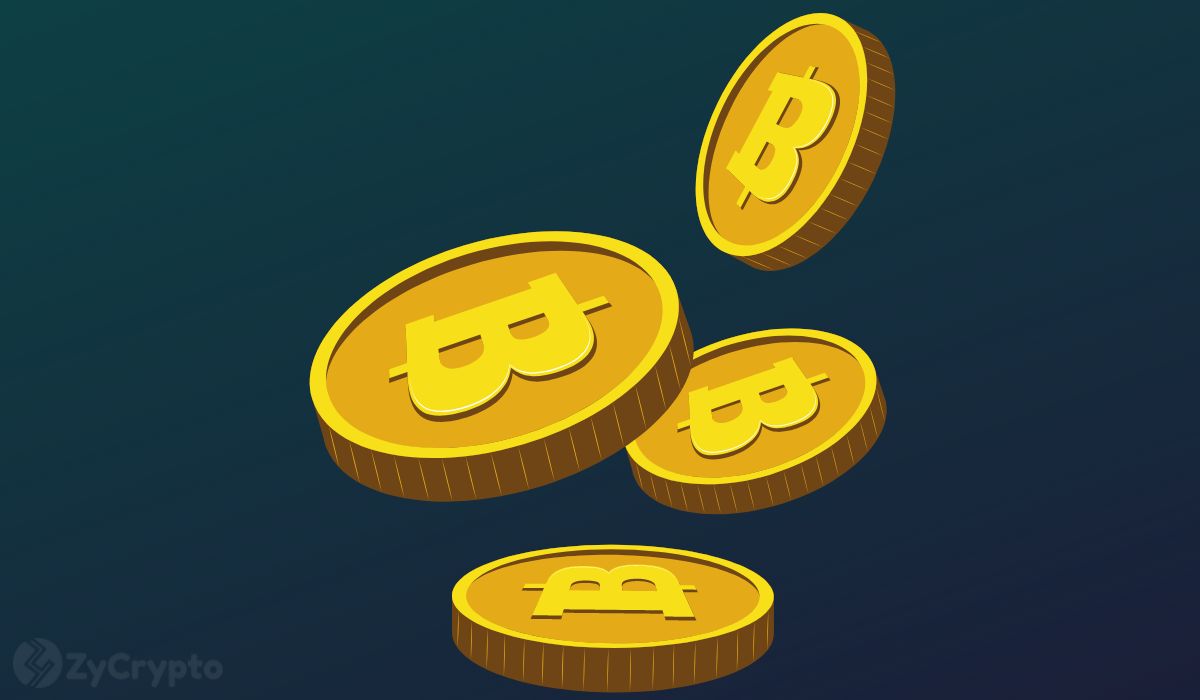SanDisk Corp. will join the S&P 500 on Friday, November 28, 2024, replacing Interpublic Group of Companies Inc., according to S&P Dow Jones Indices. After the announcement on Monday, shares of the computer storage maker surged by more than 9% in after-hours trading.
This milestone signals SanDisk’s rapid rise, while Strategy (formerly MicroStrategy) faces another setback, remaining excluded from the S&P 500 despite holding more than 640,000 Bitcoin.
SanDisk’s Rapid Ascent to the S&P 500
SanDisk’s move from the S&P SmallCap 600 to the S&P 500 reflects its strong market performance over the past few months. Driven by demand from artificial intelligence applications, the company’s market capitalization has reached approximately $33 billion. This surpassed typical small-cap index thresholds, making the switch to the S&P 500 a logical step.
The announcement arrived just before the Thanksgiving holiday trading session, highlighting the urgency of the rebalancing. The replacement is occurring outside the usual quarterly rebalance, suggesting strong market momentum. The stock closed up 13.33% on the day of the announcement before the after-hours surge.
Joining the S&P 500 usually attracts significant passive inflows, as index-tracking funds buy shares to maintain their weightings. This change boosts SanDisk’s institutional investment appeal and liquidity. It also raises the company’s profile among investors focused on large-cap equities in the index.
SanDisk’s rise is fueled by optimism around AI infrastructure. As businesses use more advanced machine learning models, storage solutions are increasingly critical—driving investor enthusiasm and boosting SanDisk’s valuation over the past year.
Strategy’s Continued S&P 500 Challenge
While SanDisk celebrates, Strategy remains on the outside looking in, even after meeting several technical requirements. The company, led by executive chairman Michael Saylor, holds 640,808 BTC ($88,044.00), valued at around $72.3 billion, making it the world’s largest corporate holder of Bitcoin. However, this asset concentration is seen as a liability by index decision makers.
Strategy was not included in the S&P 500’s September reshuffle, which selected Robinhood, AppLovin, and Emcor. Analysts put the company’s chances of inclusion in December at 70% following strong Q3 results. The firm reported $3.8 billion in Q3 earnings, showing profitability tied to Bitcoin’s price movements.
Yet, earnings volatility remains the main hurdle. Strategy’s results fluctuate each quarter with Bitcoin’s price, creating inconsistency with S&P 500 requirements. For instance, Q2 2024 delivered $10 billion in revenue and $14 billion in unrealized gains, while Q1 saw a $4.2 billion loss. The index requires four straight quarters of positive earnings—a threshold that has eluded Strategy due to its Bitcoin-heavy approach.
S&P Dow Jones Indices gave Strategy a ‘B-‘ credit rating, citing high Bitcoin exposure, low USD liquidity, and a narrow business model. These contribute to traditional finance skepticism about digital asset treasury companies. The rating shows the committee sees Bitcoin-based volatility as incompatible with the stability expected in S&P 500 members.
Even if Strategy meets the criteria for market capitalization and liquidity, the committee also considers business model diversity, financial stability, and sector representation. While some advocate for evolving index methodologies to include innovative treasury approaches, traditionalists insist on consistent, proven earnings, especially for benchmarks like the S&P 500.
Traditional Finance Meets Digital Asset Reality
The paths of SanDisk and Strategy highlight a broader divide between traditional finance and digital asset business models. Some crypto-exposed companies like Robinhood have entered the S&P 500, yet Strategy’s concentrated Bitcoin position poses unique challenges. The company’s stock is down 35% from its July high of $434, reflecting disappointment over exclusion and credit rating concerns.
Nasdaq’s scrutiny of digital asset treasury firms adds further obstacles for Strategy. As industry analysis notes, traditional finance’s skepticism extends beyond earnings volatility to concerns about long-term business models and regulatory compliance. This unease endures, even as Strategy has occasionally outperformed both Bitcoin and the S&P 500, as Saylor has highlighted.
On the other hand, MSCI’s recent consultation that Strategy could be removed from its key equity indices has sharpened investor focus on whether similar pressure might eventually extend to the S&P 500. While the company’s inclusion in MSCI USA and MSCI World has long funneled billions in passive capital into the stock, analysts now argue that its increasingly bitcoin-centric profile may no longer fit traditional index methodologies.
This has raised questions in the broader market about whether the valuation premium tied to expected index stability is at risk — and whether Strategy’s future index eligibility, including any long-shot hopes of S&P 500 admission, could be further complicated by the growing scrutiny.
The post Strategy Fails to Join the S&P 500 Once Again appeared first on BeInCrypto.























![Plama [XPL] loses steam after airdrop surge – Is the ‘new chain’ buzz over?](https://ambcrypto.com/wp-content/uploads/2025/11/Lennox-1-6.png)



 24h Most Popular
24h Most Popular







 Utilities
Utilities